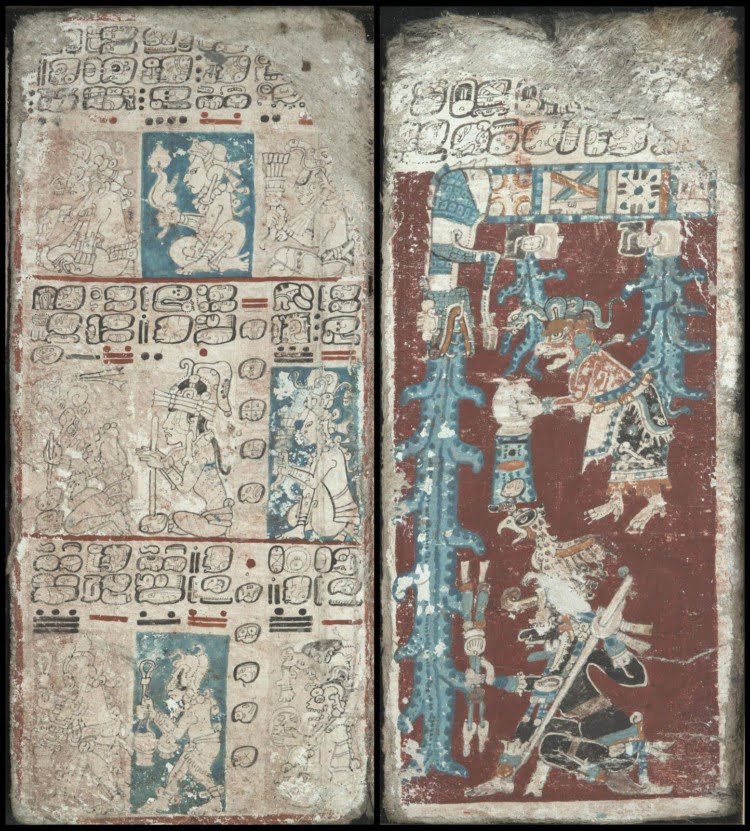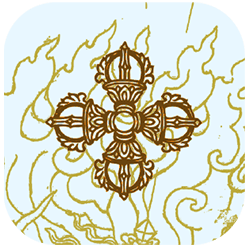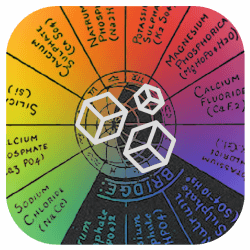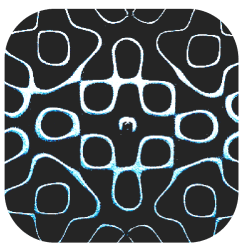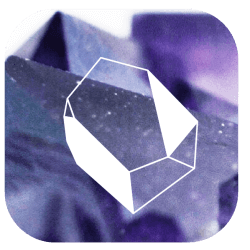Let’s take a walk down the historical narrative that we began in with Lemuria, and let’s speak on The Deluge and the different aspects of that.
The deluge in itself, some can see it as a metaphor, some can see it as an actual event, some can even be deluged in this day that we’re living in now… because there are different aspects of a deluge.
There could be a mental deluge, where every single thing that you once knew is lost.
There could be a physical deluge, like what we will discuss in this article – where you have an entire continent under water, and here is proof that you can see on this map.
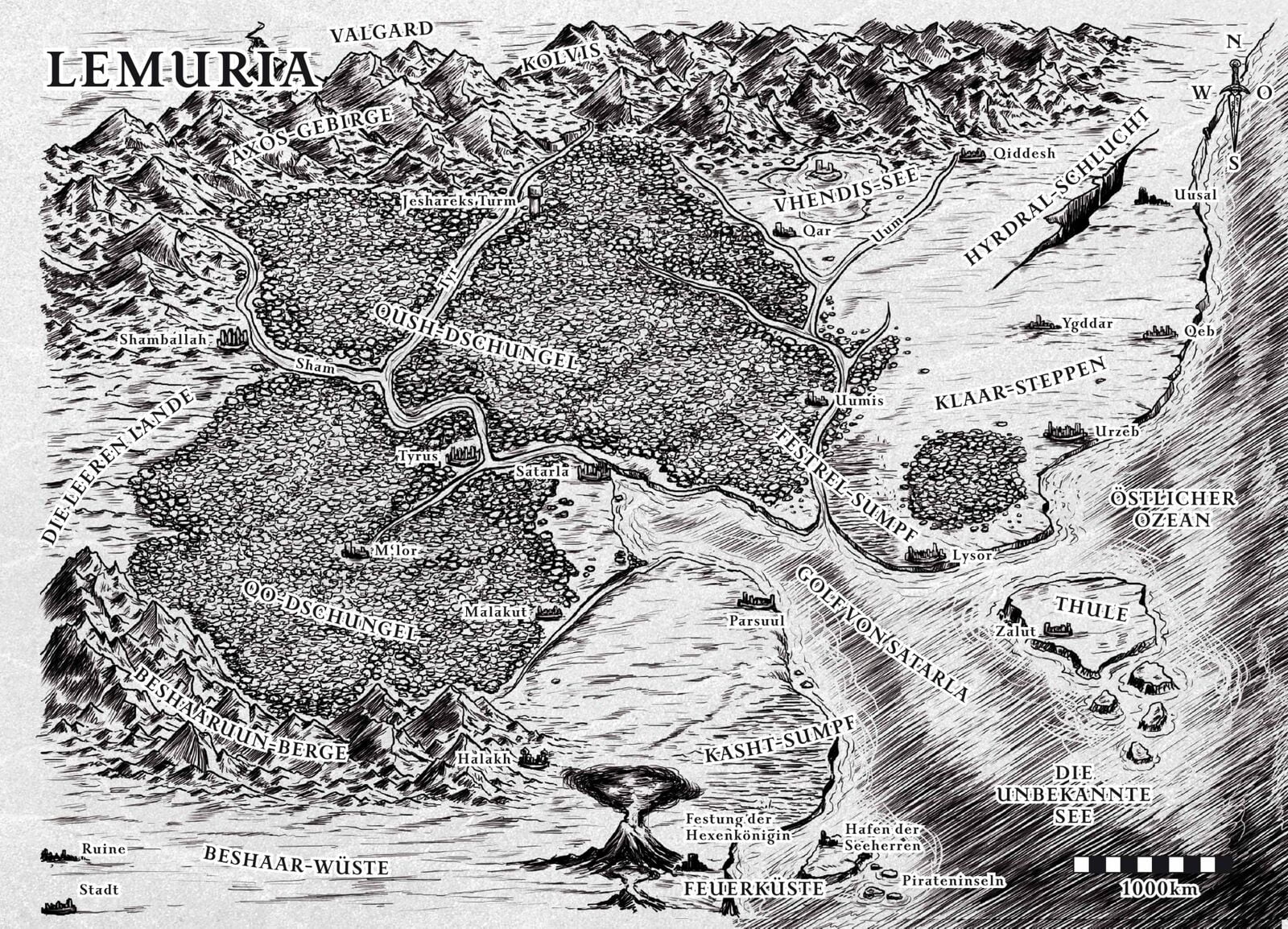
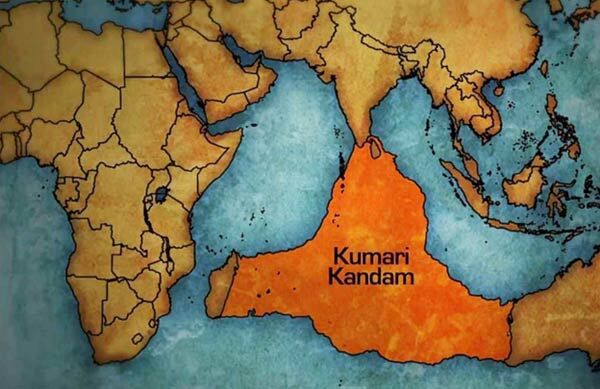
Even to this day, they don’t allow many people to go there – but there are documentaries, done by ABC and the History Channel, where some people that were curious about this idea of a deluge went out to these areas, did some diving, and about 5,000 feet down… found an entire city.
As we keep going, we’re going to be disclosing where the real locations of things like Atlantis are; but right now, we’re focusing on what we’re calling Lemuria or Mu.
Now, as you see it has a different name here because most of these names have been changed, but it is the sheer identity that there is a continent that was in this area that was completely submerged – and that area was “crunk!”
Meaning… Back in the day, since the population is not very high, mankind is in an act of growth. Any other human is really seen as a friend. There are not many conflicts… there are enough things to be going to war with or fighting with, like the animals and the elements.
In this period, we find that a lot of people condense themselves into a specific area and have what would be seen as a Golden Age– where all these arts, delivered from the awareness of your own consciousness, are then bought out into the physical reality – this gives us our word technology.
Technology is anything external to yourself.
The technologies were at their height in this specific area, Lemuria.
For one reason or another, it all sunk… and the result of that is what you see here in some of these images.
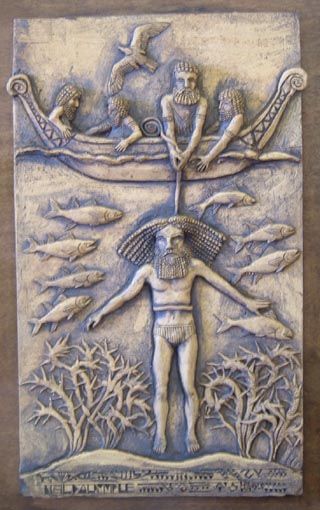
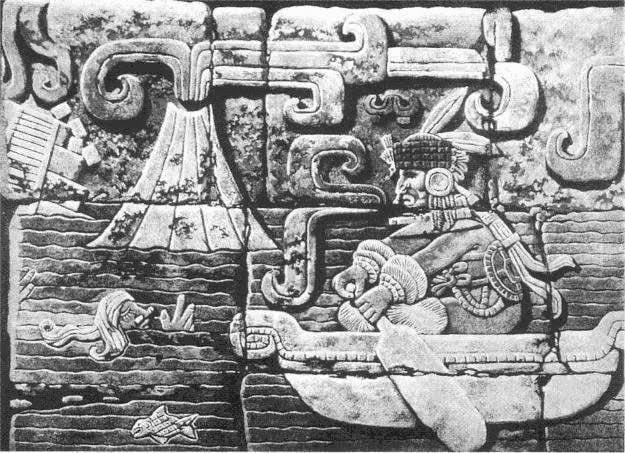
The Sumerians were the people who fled from this Indus Valley culture, and the Mayans also fled from this activity in Kumari.
In these pictures, three different cultures are saying that they experienced this deluge.
I know this to be a fact because when you look at this map where the red triangle is .. Kumari Kandam on this map is actually where that continent is underwater. The people that were inhabiting that continent had no choice but to leave, and it brought about these different civilizations you’re seeing on the map.
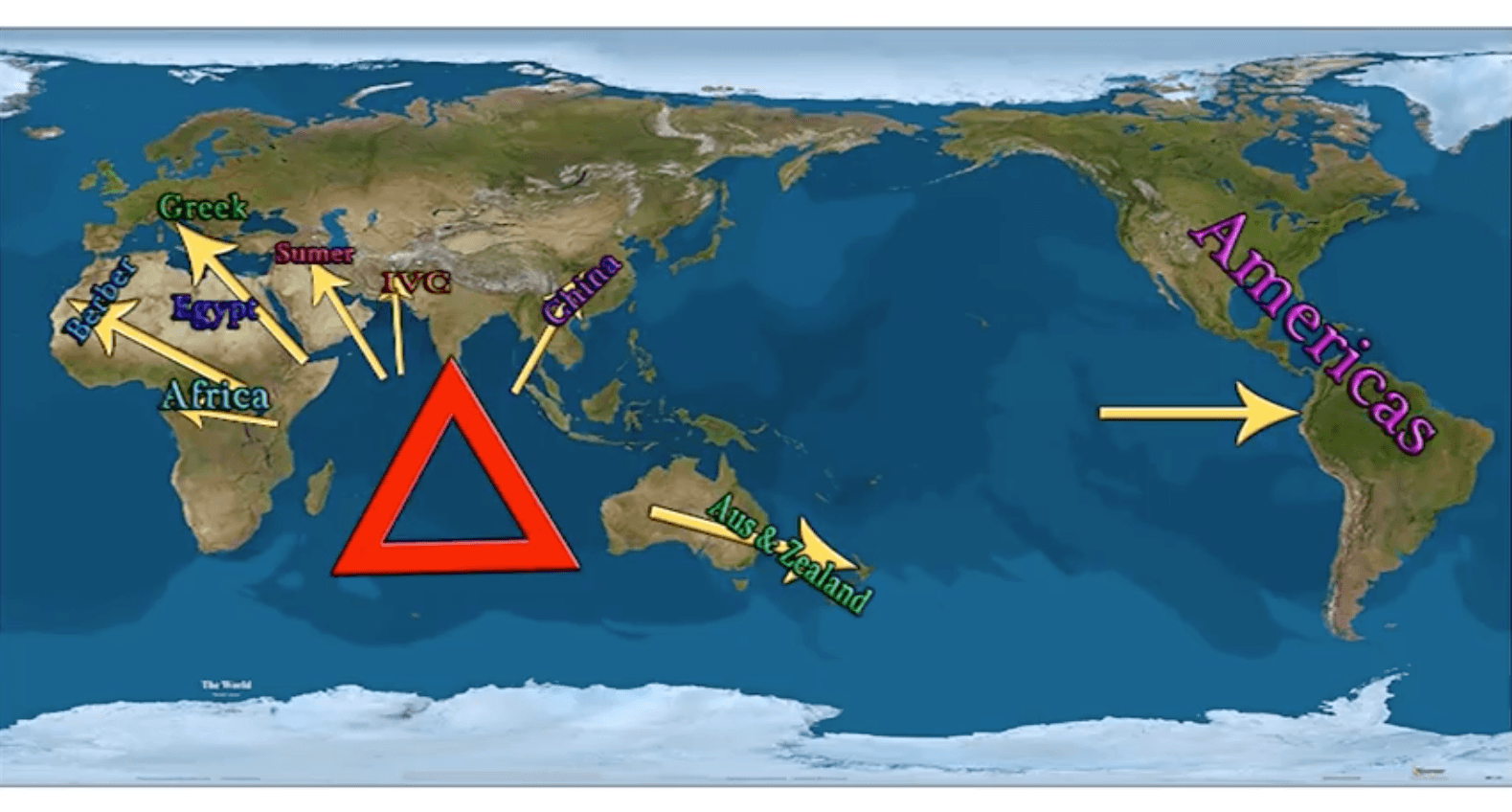

Some of them fled into Africa and became known as the Nagas. Some fled into the Berber, are now known as the Berber. Some became the Greeks, some became the Sumerians, some became the Chinese, some became the Nagas that you still see in Australia & New Zealand. Even all the way as far as the Americas, which is the Native Americans….
You know the gig is kind of up – If we play the separatist game all our lives, we’ll never see just how connected everybody really is.
It works kind of like a marker running on out of ink. If you’re able to jump to the next racial group (all that being predominantly controlled by the environment that these groups inhabited) you’re able to see the connection in the racial group that comes after that and so on.
After the Deluge, what specific groups can we highlight?
Between the Sumerian and the Mayan cultures, we see more of this evidence than pretty much anywhere else… and it’s because these two cultures not only survive The Deluge but get to a stage of flourishing again.
As we look at the Mayan empires and all the imagery & culture, we find that after fleeing from The Deluge they went into Peru.
Many of the cultures that we see in that area all center around these ideals that we’re going to be talking about that these ancient people shared; ideals about what they believed in like the seven steps of the pyramids that we see even now as the Sun temple; the seven days of the week; the seven primary celestial bodies … you can start tracking that culture as you see them begin to spread that knowledge.
All this knowledge comes from an original culture.

